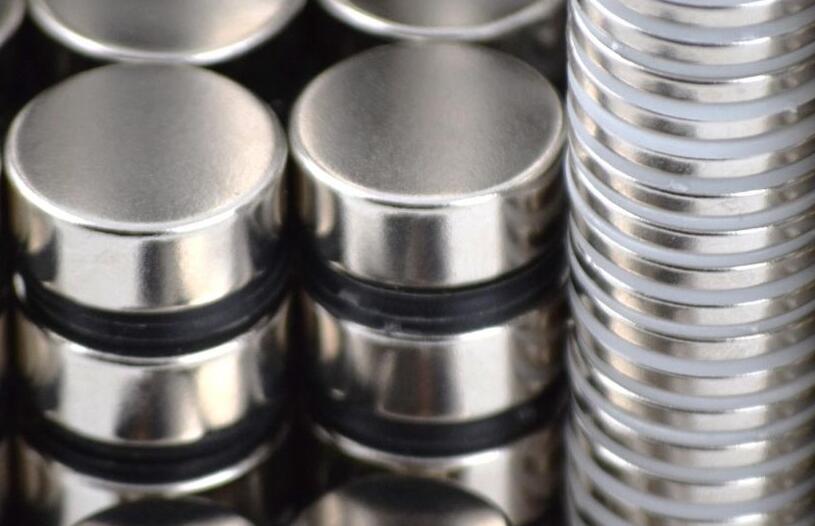Types And Characteristics of Rare Earth Magnets
If you are browsing our website, then you must be interested in magnets. But you may not hear of rare earth magnets. If you want to learn about rare earth magnets, please continue reading. In this article, we'll take a look at the types and characteristics of rare earth magnets. Before diving into our article, let's figure out what are rare earth magnets first.
 Types And Characteristics of Rare Earth Magnets
Types And Characteristics of Rare Earth Magnets
What are rare earth magnets?
The rare earth magnet is a kind of magnetic material made of an alloy composed of samarium, neodymium mixed rare earth metal, and transition metals, pressed and sintered by powder metallurgy method, and magnetized by a magnetic field.
What are the types of rare earth magnets?
Rare earth permanent magnets are generally divided into two types, samarium cobalt (SmCo) permanent magnets and neodymium iron boron (NdFeB) permanent magnets. Among them, the energy product of SmCo magnets is between 15-30MGOe, and the energy product of NdFeB magnets is between 27-50MGOe, which is called "the king of permanent magnets" and is the most magnetic permanent magnet material. Although samarium-cobalt permanent magnets have excellent magnetic properties, they contain rare earth metal samarium and expensive strategic metal cobalt. Therefore, its development and application have been greatly restricted.
What are the characteristics of rare earth magnets?
With the development of the computer, communications, and other industries, the rare earth permanent magnet, especially the NdFeB permanent magnet industry has developed rapidly. Rare-earth permanent magnets are currently known as a permanent magnet material with the highest comprehensive performance. It has much superior performance than ferrite and AlNiCo, and twice the magnetic performance of expensive platinum-cobalt alloys.
The use of rare earth permanent magnets not only promotes the development of permanent magnetic devices towards miniaturization, and improves the performance of products, but also promotes the production of some special devices. Therefore, as soon as rare earth permanent magnets appeared, they immediately attracted great attention and their development was extremely rapid.
What are the applications of rare earth magnets?
Rare earth permanent magnets have become important materials in electronic technology communications. They are used in traveling wave tubes and circulators in artificial satellites, and radars, as well as in micro motors, micro tape recorders, aviation instruments, electronic watches, seismometers, and other electronic instruments.
In addition, rare earth permanent magnets have also been applied to automobiles, household appliances, electronic instruments, nuclear magnetic resonance imagers, audio equipment, micro motors, mobile phones, etc.
In terms of medical treatment, the use of rare earth permanent magnets for "magnetic acupuncture therapy" has greatly improved the curative effect and promoted the rapid promotion of "magnetic acupuncture therapy".
Conclusion
Thank you for reading our article and we hope it can help you to have a better understanding of the types and characteristics of rare earth magnets. If you want to know more about rare earth magnets, we would like to advise you to visit Stanford Magnets for more information.
As a leading magnet supplier across the world, Stanford Magnets has been involved in R&D, manufacturing, and sales of magnets since the 1990s. It provides customers with high-quality permanent magnets like SmCo magnets, neodymium magnets, AlNiCo magnets, and ferrite magnets (ceramic magnets) at a very competitive price.














